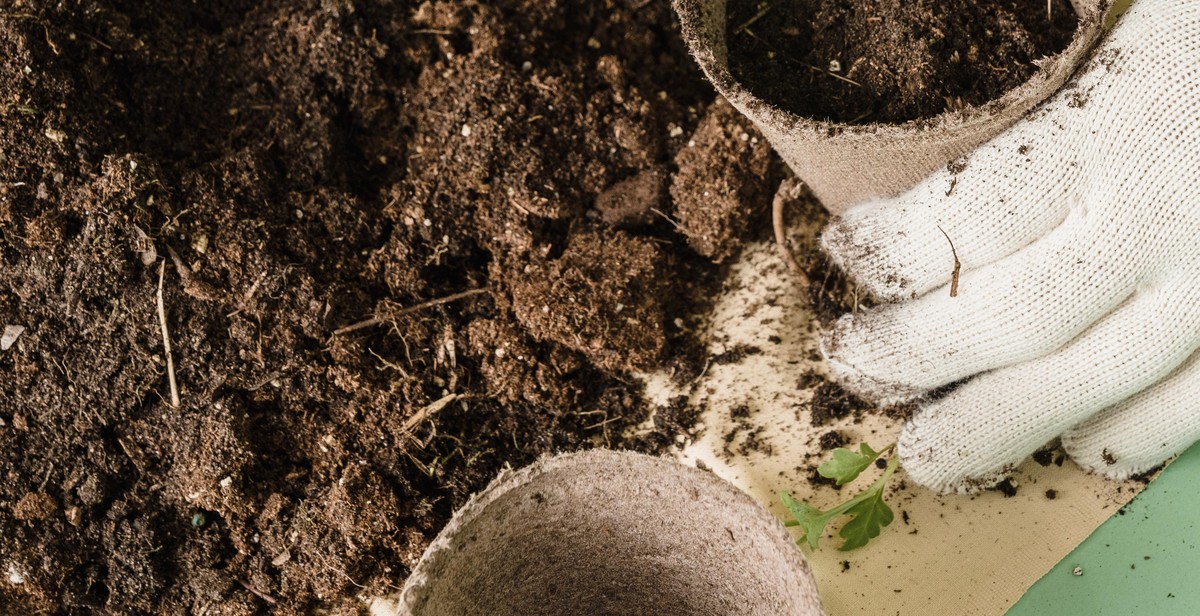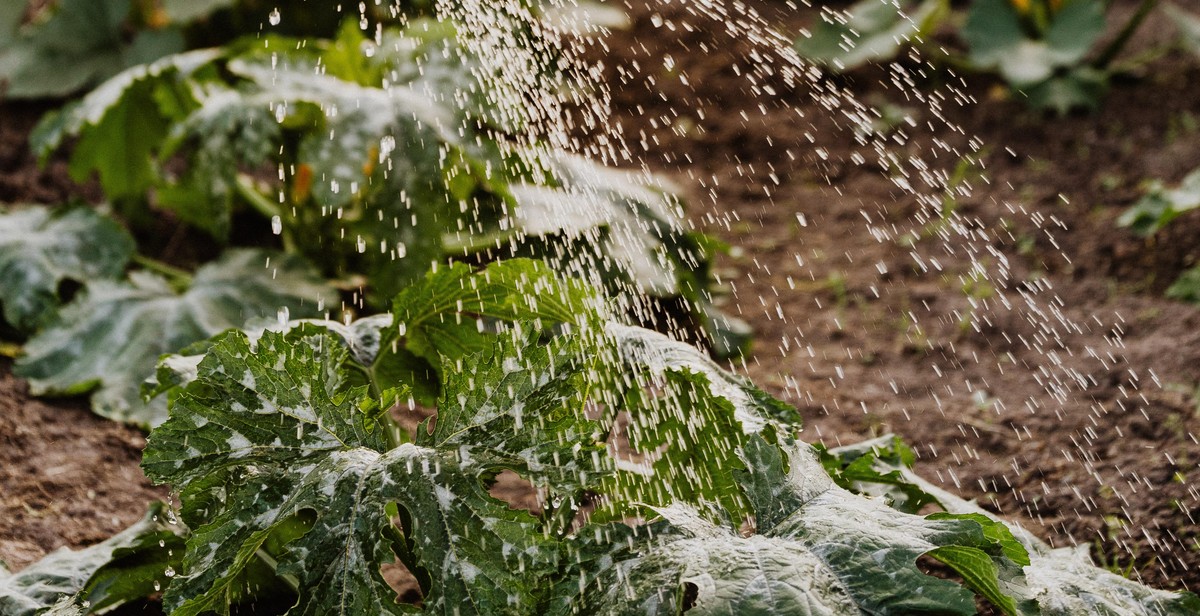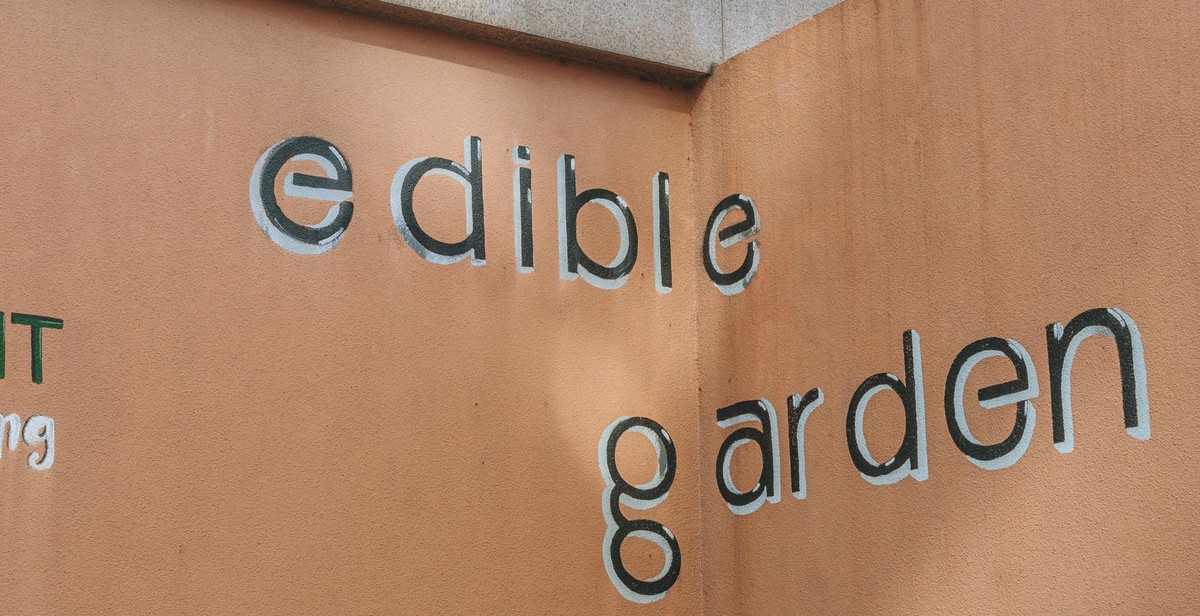Sustainable Gardening Practices for Urban Living
Gardening is a popular hobby that not only brings joy and beauty to our lives but also provides a multitude of benefits to the environment. Sustainable gardening is a term used to describe gardening practices that are environmentally friendly, economically viable, and socially responsible. It involves using natural resources wisely, minimizing waste, and supporting biodiversity.
What is Sustainable Gardening?
Sustainable gardening is a way of gardening that focuses on the long-term health and well-being of the environment. It involves using organic and natural methods to grow plants, reducing water usage, and minimizing the use of harmful chemicals and pesticides. By adopting sustainable gardening practices, we can create a healthy and balanced ecosystem that supports the growth of plants and wildlife.
Why is Sustainable Gardening Important for Urban Living?
Urban living presents unique challenges to gardening, including limited space, polluted air, and contaminated soil. Sustainable gardening practices can help mitigate these challenges by providing a way to grow plants that are resilient to urban conditions, improving air quality, and creating green spaces that benefit both people and wildlife.
Sustainable gardening can also promote food security by providing fresh and healthy produce to urban communities. By growing our own food, we reduce our reliance on industrial agriculture and the transportation of food over long distances, which contributes to greenhouse gas emissions.
Overall, sustainable gardening practices are essential for urban living as they provide a way to create a healthy and sustainable environment for ourselves and future generations.

Choosing the Right Plants for Sustainable Urban Gardening
When it comes to sustainable gardening practices for urban living, choosing the right plants is critical. The plants you choose can impact the health of your garden, the environment, and your community. Here are some tips for selecting the best plants for your sustainable urban garden:
Native Plants vs. Non-Native Plants
Native plants are those that naturally occur in a particular region or ecosystem. Non-native plants, on the other hand, are those that have been introduced to an area from another region or country. While both types of plants can thrive in a sustainable garden, native plants have several advantages:
- They are adapted to the local climate and soil conditions, which means they require less water, fertilizer, and pesticides.
- They provide habitat and food for native wildlife, such as bees, butterflies, and birds.
- They help maintain the biodiversity of the local ecosystem.
When selecting plants for your sustainable urban garden, consider incorporating a mix of native and non-native plants. This will help create a diverse and resilient ecosystem that supports both native wildlife and your garden.
Choosing Plants that are Well-Suited to Your Climate
Plants that are well-suited to your climate are more likely to thrive and require less maintenance. When choosing plants for your sustainable urban garden, consider the following:
| Climate Zone | Characteristics | Examples of Plants |
|---|---|---|
| Temperate | Mild winters and moderate summers | Tomatoes, peppers, lettuce, spinach |
| Tropical | Hot and humid year-round | Bananas, mangoes, papayas, avocados |
| Desert | Hot and dry with little rainfall | Cacti, succulents, agave, yucca |
Using Companion Planting to Promote Healthy Growth
Companion planting is the practice of planting different crops together to promote healthy growth and deter pests. When selecting plants for your sustainable urban garden, consider the following companion planting combinations:
- Plant herbs, such as basil, cilantro, and parsley, alongside vegetables, such as tomatoes and peppers, to repel pests and improve flavor.
- Plant marigolds alongside vegetables, such as beans and cucumbers, to repel pests and attract pollinators.
- Plant beans alongside corn to improve soil fertility and provide structural support for the corn.
By following these tips for choosing the right plants for your sustainable urban garden, you can create a thriving ecosystem that supports both the environment and your community.

Water conservation
Water is a precious resource, and conserving it is crucial for sustainable gardening practices. Urban areas face a particular challenge with water scarcity, but there are several ways to collect and use water efficiently. Here are some techniques for water conservation:
Collecting and using rainwater
One of the easiest ways to conserve water is by collecting rainwater. Rainwater harvesting involves collecting and storing rainwater for later use. This water can be used for watering plants, washing cars, and even for indoor use. The simplest way to collect rainwater is by using a rain barrel, which can be connected to a downspout to collect water from the roof.
Rainwater is free from chlorine and other chemicals found in tap water, making it better for plants. It also reduces the demand for municipal water supplies, which is especially important during droughts.
Using drip irrigation systems
Drip irrigation systems are an efficient way to water plants. Unlike traditional sprinkler systems, drip irrigation delivers water directly to the roots of plants, reducing water waste from evaporation and runoff. Drip irrigation systems can be set up with a timer, ensuring that plants receive the right amount of water at the right time.
Drip irrigation systems also reduce weed growth, as water is delivered only to the plants, not the surrounding soil.
Mulching to retain moisture
Mulching involves covering the soil around plants with a layer of organic material, such as leaves or wood chips. Mulch helps to retain moisture in the soil, reducing the need for frequent watering. It also helps to regulate soil temperature, keeping roots cool in hot weather and warm in cold weather.
Mulch also suppresses weed growth, reducing the need for herbicides and manual weeding.
| Technique | Benefits |
|---|---|
| Collecting and using rainwater | – Saves money on water bills – Reduces demand on municipal water supplies – Provides chemical-free water for plants |
| Using drip irrigation systems | – Reduces water waste from evaporation and runoff – Saves time and money on watering – Reduces weed growth |
| Mulching to retain moisture | – Reduces the need for frequent watering – Regulates soil temperature – Suppresses weed growth |
By implementing these techniques, urban gardeners can conserve water and create a more sustainable garden.

Soil Health
Soil health is an essential aspect of sustainable gardening practices for urban living. Healthy soil is vital for plant growth and productivity. Here are some ways to improve soil health:
Composting to Improve Soil Quality
Composting is a natural way to improve soil quality. It involves the decomposition of organic matter such as food waste, leaves, and grass clippings into a nutrient-rich soil amendment. Compost helps to improve soil structure, increase water retention, and encourage the growth of beneficial microorganisms. To start composting, create a compost bin or pile in your garden and add organic matter as it becomes available. Turn the compost occasionally to ensure even decomposition.
Using Natural Fertilizers
Using natural fertilizers is an excellent way to improve soil health. Unlike synthetic fertilizers, natural fertilizers are derived from natural sources such as animal manure, bone meal, and fish emulsion. Natural fertilizers provide a slow release of nutrients, which helps to prevent over-fertilization and nutrient leaching. They also improve soil structure and promote the growth of beneficial microorganisms. When using natural fertilizers, be sure to follow the recommended application rates to avoid over-application.
Crop Rotation to Prevent Depletion of Soil Nutrients
Crop rotation is an effective way to prevent the depletion of soil nutrients. It involves planting different crops in the same area over time to avoid depleting the soil of specific nutrients. For example, legumes such as beans and peas fix nitrogen in the soil, while other crops such as corn and tomatoes require nitrogen for growth. By rotating legumes with other crops, the soil can maintain a healthy balance of nutrients. Crop rotation also helps to reduce soil-borne diseases and pests, as different crops attract different pests and diseases.
| Benefits | Description |
|---|---|
| Increased nutrient availability | Improving soil health increases the availability of nutrients to plants. |
| Improved soil structure | Healthy soil has good structure, which allows for better water infiltration and retention. |
| Reduced erosion | Healthy soil is less prone to erosion, which helps to prevent soil loss and water pollution. |
| Increased microbial activity | Improving soil health promotes the growth of beneficial microorganisms, which help to break down organic matter and improve nutrient availability. |
Improving soil health is an ongoing process that requires patience and dedication. By composting, using natural fertilizers, and practicing crop rotation, you can improve soil health and promote sustainable gardening practices for urban living.

Reducing Waste and Recycling
Urban gardening is not only about growing plants, but it is also about reducing waste and recycling materials to create a sustainable environment. Here are some ways to reduce waste and recycle effectively:
Using Organic Waste for Composting
Composting is an excellent way to recycle organic waste and turn it into a valuable resource for your garden. Organic waste such as food scraps, leaves, and grass clippings can be transformed into nutrient-rich compost that can be used to improve soil quality, retain moisture, and suppress plant diseases. Composting not only reduces the amount of waste that ends up in landfills, but it also saves money on fertilizers and soil amendments.
Recycling and Repurposing Materials for Garden Use
Another way to reduce waste in your urban garden is to recycle and repurpose materials for garden use. Instead of buying new materials, consider using old items such as buckets, jars, and bottles to create planters or trellises. You can also repurpose old furniture or pallets to create raised garden beds or compost bins. By repurposing materials, you are not only reducing waste but also adding a unique touch to your garden.
Avoiding the Use of Chemical Pesticides and Herbicides
Chemical pesticides and herbicides not only harm the environment but also pose a threat to human health. Instead of using these harmful chemicals, consider using natural alternatives such as neem oil, garlic spray, or companion planting. Companion planting involves planting certain plants together to repel pests or attract beneficial insects. By avoiding the use of chemical pesticides and herbicides, you are creating a healthier and more sustainable environment for your garden.
| Method | Benefits |
|---|---|
| Composting | Reduces waste, saves money on fertilizers and soil amendments, improves soil quality |
| Recycling and Repurposing Materials | Reduces waste, adds a unique touch to garden, saves money on new materials |
| Avoiding Chemical Pesticides and Herbicides | Creates a healthier and more sustainable environment for garden, reduces harm to environment and human health |

Conclusion
In conclusion, sustainable gardening practices are crucial for urban living as they promote a healthy environment, conserve resources, and reduce waste. With the increasing need to live sustainably, these practices have become essential for maintaining a healthy planet and preserving its resources for future generations.
Key Takeaways
- Choose organic and non-toxic methods for pest and disease control.
- Use compost and other natural fertilizers to enrich the soil.
- Plant native and drought-resistant species to conserve water.
- Reduce water usage through drip irrigation and rainwater harvesting.
- Utilize vertical gardening techniques to maximize space.
- Reduce waste by composting and recycling.
Benefits of Sustainable Gardening Practices
Adopting sustainable gardening practices not only benefits the environment but also has numerous benefits for the gardener and the community. Some of these benefits include:
| Benefits | Description |
|---|---|
| Improved health | Organic gardening reduces exposure to harmful chemicals and provides fresh, nutritious produce. |
| Cost savings | Composting and using natural fertilizers can save money on garden inputs. |
| Community building | Community gardens and shared green spaces promote social interaction and a sense of community. |
| Environmental conservation | Sustainable gardening practices help protect the environment and preserve natural resources. |
By implementing sustainable gardening practices, we can create a healthier and more sustainable future for ourselves and the planet.
